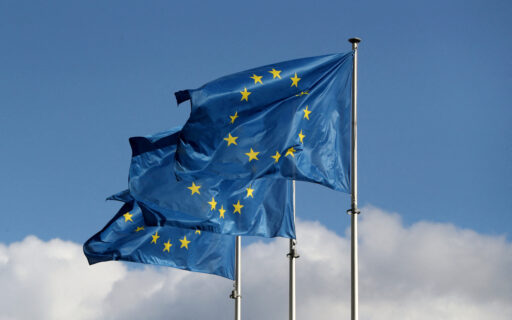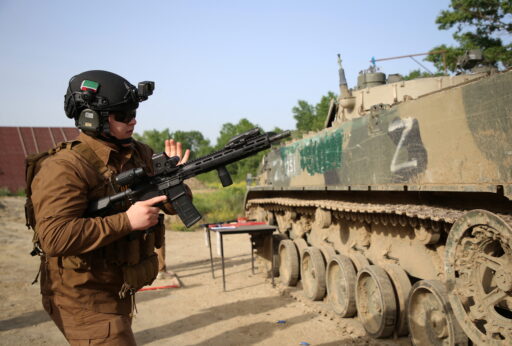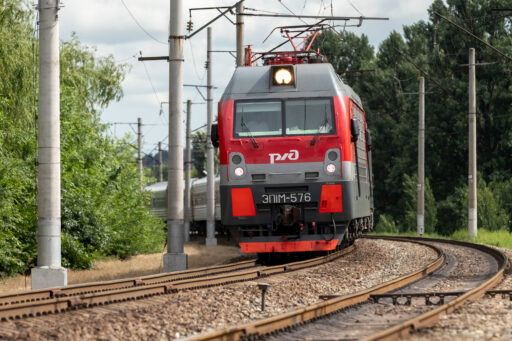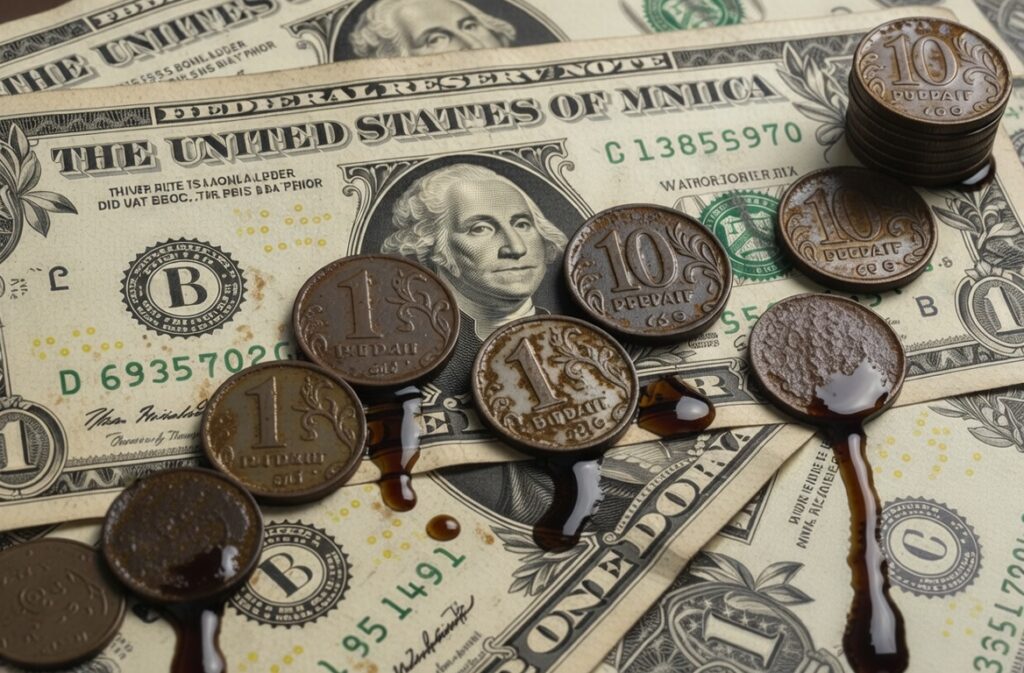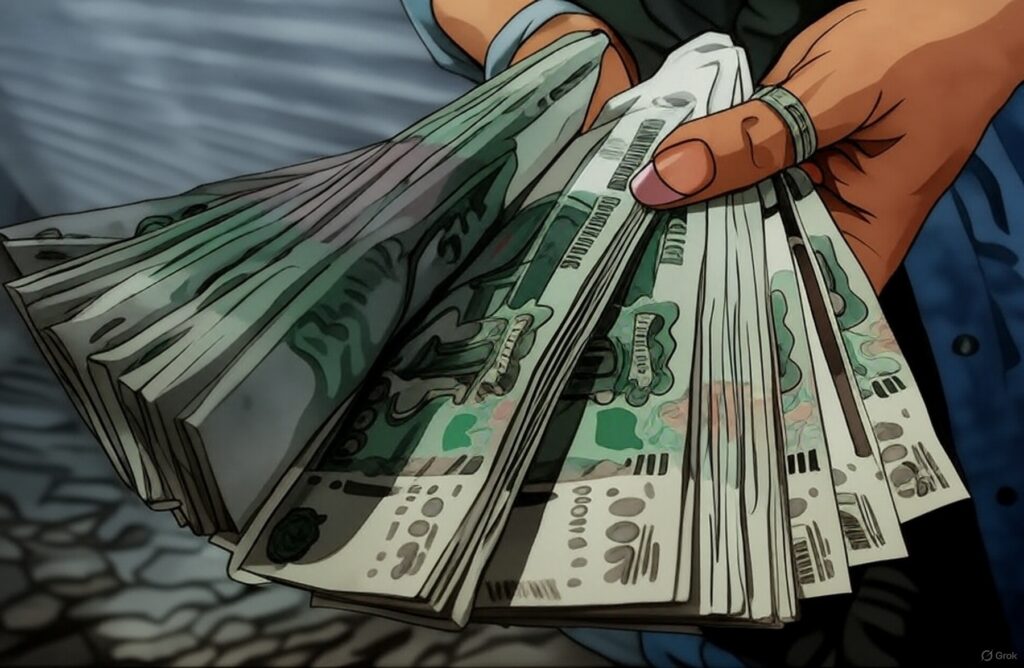With pressure mounting to raise more tax revenues, businesses and the public don’t know what to expect next. Surveys from the Institute of Economic Forecasting that track businesses’ expected changes in capital investment plans show a downturn almost as deep as the initial 2022 shock. Yet at the same time, August data now shows that private sector demand, as shown by retail turnover, unexpectedly rose 2.9% year-on-year following more than 6% real wage growth per July releases. The combined hit to industrial investment and the surprising resilience of consumer spending is a structural problem for policymakers. If we assume the data on consumption is useful and not merely capturing price increases that Rosstat’s official releases are downplaying, then the implication would be that import demand strengthens as industrial investment into anything that might meet that demand falls.
We suspect that uncertainty is also driving consumption. If the future is uncertain and things are trending worse, people have every reason to try to buy or enjoy what they can now. We’ve seen people pulling money from banks in growing volumes, rarely a sign of confidence. The uptick in spending is, in our view, a sign of a lack of confidence. Simply put, the growing pressure on the availability of fuel from refinery strikes, which began to escalate in late summer, is a visible, frustrating, and unavoidable reminder that the war is actively worsening living standards and quality of life. Trump’s decision to authorize intelligence sharing for strikes on energy infrastructure is massive because Ukraine finally has the means to launch deep strikes at a high frequency on its own. These strikes are only going to expand, wreaking economic havoc. While limited thus far, we’ll see if more power infrastructure comes under attack as well.
The August increase and these dynamics offer an interesting backdrop for the Ministry of Finance’s announced VAT tax hike from 20% to 22% taking effect on January 1. As in 2018−2019, there’ll be a brief increase in consumer prices as businesses try to maintain their profit margins. But by the time the tax takes effect, the current trajectory very strongly indicates that a broader recession can take root from the cumulative effects of fiscal tightening on non-military spending, daily chaos, and the ongoing transition from war spending as a «fiscal multiplier» for GDP into a net drag on GDP as it distorts productive capacity and further casualties mount. Ministry of Economic Development now believes GDP growth for January-August has been just 1%. All the soft indicators of «growth» or «efficiency» left to find can’t save businesses as that trends towards 0% and then into negative territory. The considerable accumulation of debts used to finance various investments into capacity will still have to be serviced, amplifying recession risks from potential bankruptcies.
We’re accustomed to speaking about Russia’s macro situation in terms of the sluggish variables by which large systems slowly move up and down. We need a new vocabulary to capture the effect of what the refinery strike campaign can do. The quality of public transit has deteriorated since 2022 (and since before as well), leaving huge swathes of Russia dependent on cars to get to work, do their shopping, and otherwise go about their day-to-day lives. As analysts, many of us (myself included) have become so inured to the constant barrage of bombastic doom Russia hawks come out with that we tend to rest on inertia to resist sensationalism. But the current shortages are just the beginning, and while Russia has clearly improved its capacity to strike Ukrainian targets as well, one wonders why there isn’t more being done in response to what is becoming a bona fide crisis of economic management. One needs only remember that the average consumer good must travel over 1,000 kilometers in Russia to reach its final consumer to realize the implications of gasoline shortages and tightness on domestic diesel markets.
These factors leave Mishustin’s cabinet with exceptionally few good options to raise tax revenues. The VAT hike requires a healthy consumer economy to meaningfully help, something the war is steadily destroying. While just talk for now, there are apparently discussions within Ministry of Industry and Trade of levying tariffs on imported (read: non-Russian) consumer goods, an idea that would drive a large share of trade activity into the grey market and simply raise the cost of goods altogether. Siluanov and his budget warriors are also lowering the VAT tax threshold for small businesses from a turnover of 60 million rubles to 10 million rubles, a way to increase tax takes and impose a burden on the smallest businesses while claiming they haven’t raised taxes. Similarly, there are plans to end VAT exemptions for sales of Russian software substituting foreign products. Taxes on the use of credit cards for transactions at businesses may be reintroduced. The list goes on.
There are two problems for the government deeply tangled with each other. First, whatever taxes they levy outside of the energy sector are cyclically biased. They rise and fall with the general performance of the economy, whether it’s taxing incomes, VAT, or corporate profits. Second, the now decade-old import substitution drive and the launch of countless tax exemptions in 2023 to spur investment created so many exemptions or policy regimes attempting to convince investors to risk their capital; the easiest options to raise money now lie in reversing some existing policy support or imposing tariffs. Whatever is done to raise money is likely to compound the effects of the impending recession and deter investors who rightly face immense degrees of uncertainty now after the brief ‘boom’ in 2023 that petered out in 2024, dragging growth forward through inertia. These tax hikes take on their own cannibalistic logic — you take more from a very small business owner, they spend less on goods or housing and so on.
The gasoline shortage is becoming a systemic crisis. Rugged as the Russian economy may be, it has never faced a situation quite like this under Putin. Economies can sustain huge imbalances, inefficiencies, and contradictory policies or phenomena for longer than we often expect, but they can’t outrun the loss of the most important input for systems that operate «just-in-time» — fuel. Moscow once loved to lecture about the stupidity of the energy transition, of its high costs and immense waste. It turns out fossil fuel infrastructure is much less resilient in wartime when key bottlenecks are viable targets for the enemy and highly centralize vital outputs. It’s high time we adjust our thinking about what the economy can sustain when everyone’s queuing up for fuel and transport costs explode in a country where transport has often contributed as much as 10−20% of the end cost of a good delivered to a consumer, far higher than in Europe.

